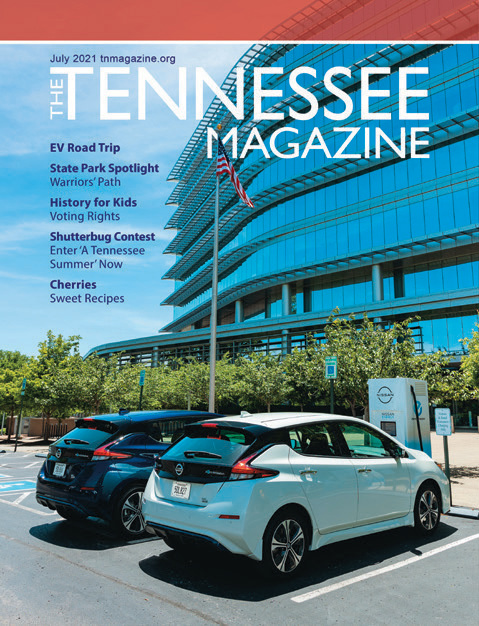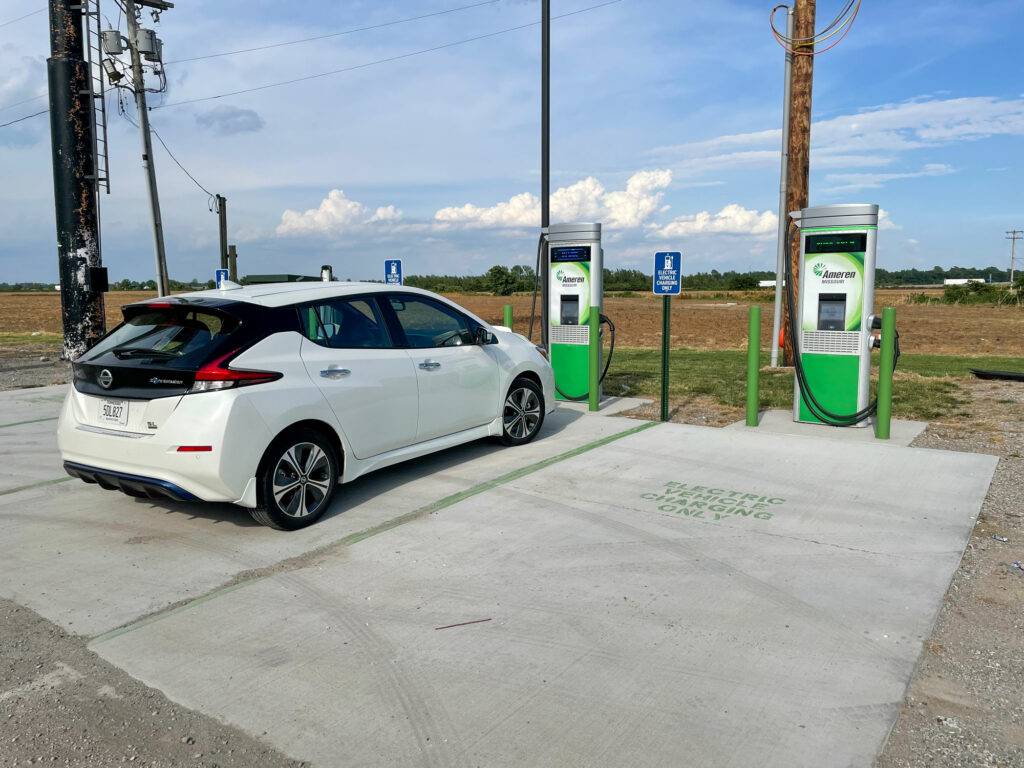Understanding EVs
I found the articles in the July 2021 edition of The Tennessee Magazine on electric cars quite interesting and informative. I have not yet had the opportunity to drive such a vehicle. But one topic about them interests me and was not covered in the articles. Perhaps you or your writers could answer it.

Since the vehicles operate so quietly and since most pedestrians, children and animals are alerted to the approach of a car by the sounds it makes, does the operator of an electric vehicle have to in some way modify how they drive in parking lots, around schools, ballfields, playgrounds, etc., to accommodate for the absence of this auditory notice of their approach ?
Thank you for any insight you can provide.
— Ben Stevens, Cumberland EMC
Writer’s response:
Very astute observation, Ben. Some early research has been conducted on the risks that EVs pose to pedestrians, especially those with vision impairments. Statistically, quieter vehicles do pose a slightly increased risk to pedestrians. Due to this, many countries, including the United States, have mandated “acoustic vehicle alerting systems” — technology that emits warning sounds when vehicles are traveling at low speeds. Most EVs manufactured after 2019, including the Nissan Leafs that we drove for the article in the magazine, have this auditory notification feature. Whether a traditional or an electric vehicle, all drivers should operate responsibly in areas where pedestrians may be present.
— Trent Scott
Poetry entry?
I’m attempting to submit a poem online for consideration in Poet’s Playground. I’ve found the page but don’t see submission details. Please help. Thank you!
— Jim Robinson, Middle Tennessee Electric
Editor’s response:
On occasion, issues arise due to an out-of-date browser being used to complete the form. And on occasion, it’s our fault when the form doesn’t publish to the website on the correct date. Thank you for making us aware of the issue with the July form.
All of our contest entry forms can be found online at tnmagazine.org/category/contests/entry/.
Black vs. black
I was reading the article “Voting Rights Act changed makeup of TN State House.” I love history and enjoy the steps we have taken to make our country great. This seems petty to mention, but in the current environment when everything is politically correct, is there a reason that the word Black was always capitalized and the word white was not, even when used within the same sentence and describing individuals? I got the feeling that black people were more important to the writer than white people. I have always felt the color of our skin should not be a determining factor in the quality of our character. Sampson W. Keeble was a great American. For him to rise from being born into slavery to becoming a representative of Americans in our legislature attests to his character.
— Michael Ward, Selmer
Editor’s response:
In editing The Tennessee Magazine, one of our primary resources is the Associated Press Stylebook. The stylebook provides guidelines for us to ensure consistency when it comes to capitalization, abbreviations, punctuation and other usage. In June 2020, after what it described as “more than two years of in-depth research and discussion,” the Associated Press made the decision to capitalize Black “in a racial, ethnic or cultural sense, conveying an essential and shared sense of history, identity and community among people who identify as Black, including those in the African diaspora and within Africa,” according to a blog post explaining the decision. On a follow-up post, AP said, “There is, at this time, less support for capitalizing white. White people generally do not share the same history and culture, or the experience of being discriminated against because of skin color. In addition, we are a global news organization and in much of the world there is considerable disagreement, ambiguity and confusion about whom the term includes.”
Our decision to capitalize Black but not white was made following AP style and not as any political statement, and reading AP’s reasoning behind the style change might add some context for what at first glance may appear to be an inconsistency.
Sources: apstylebook.com/blog_posts/15



